Workers Stunned as California Minimum Wage Increase Results in Immediate Restaurant Closure
In a sudden turn of events, Fosters Freeze in Lemoore, California, announced its closure, leaving employees in disbelief.
Monica Navarro, the former assistant general manager, shared her shock with “The Bottom Line,” saying, “It’s a shock.”
The Wage Increase Fallout
The ripple effect of California’s ambitious minimum wage hike has begun, with small businesses like Fosters Freeze feeling the brunt.
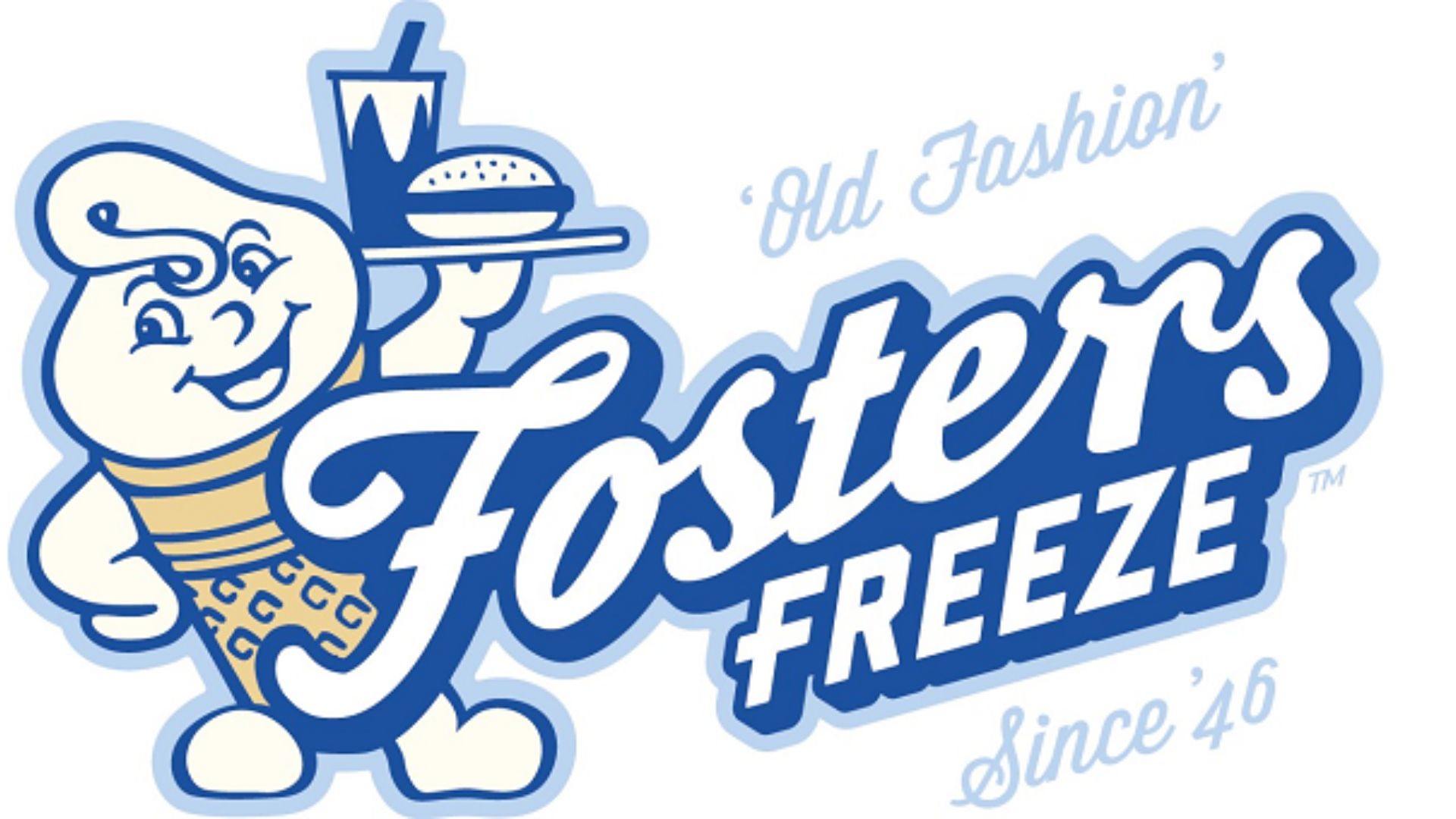
Source: Fosters Freeze/Facebook
Owner Loren Wright, in a conversation with KMPH, revealed that shutting down was the “last thing” they wanted but saw no alternative due to the financial pressures of the new wage law.
A Morning of Surprises
The news of the restaurant’s closure was as abrupt as it was shocking. Navarro and her coworkers were met with this life-changing update as they showed up for work, expecting a typical day.

Source: Vintage Roadside/Facebook
The immediate closure, with no prior warning, underscored the harsh realities of business operations under new economic pressures.
Disbelief Among the Staff
For a moment, the staff thought it was an April Fools’ joke. The sudden announcement of the closure in their group chat seemed too abrupt to be true.
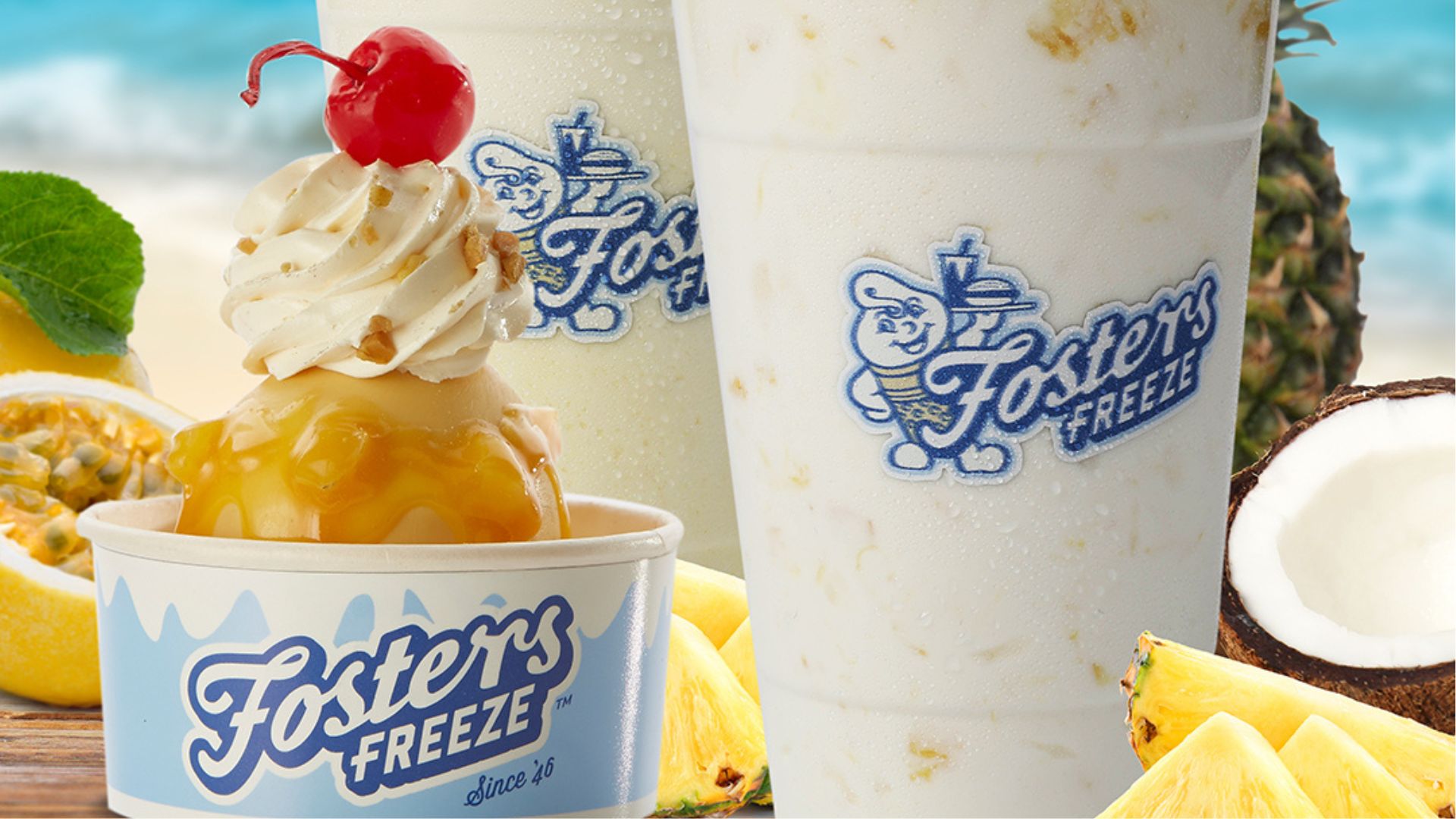
Source: Fosters Freeze/Facebook
However, the harsh reality quickly set in, leaving the staff to face the immediate challenge of unemployment, as shared with KMPH.
Pointing Fingers at the Minimum Wage Increase
In the aftermath, discussions with management and the owner pointed to the minimum wage increase as the primary cause of the closure.
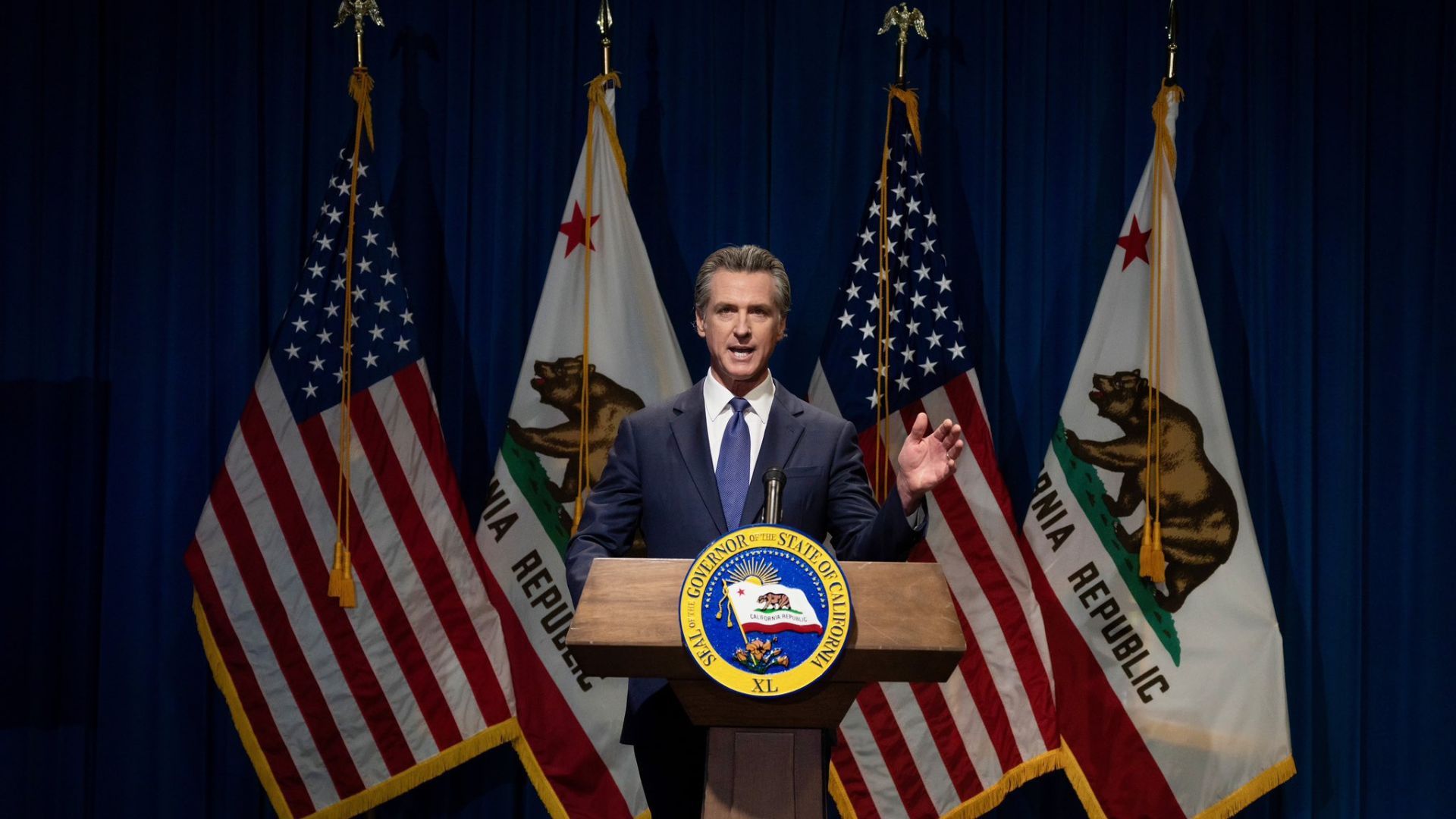
Source: CAgovernor/X
Despite some ambiguity about their exemption due to the number of locations owned, the increased labor costs were cited as the deciding factor. “He did blame it on the minimum wage increase,” Navarro revealed.
Doubts Over the Wage Increase's Impact
Navarro voiced concerns over the effectiveness of the minimum wage increase, fearing it might lead to more harm than good for small businesses.
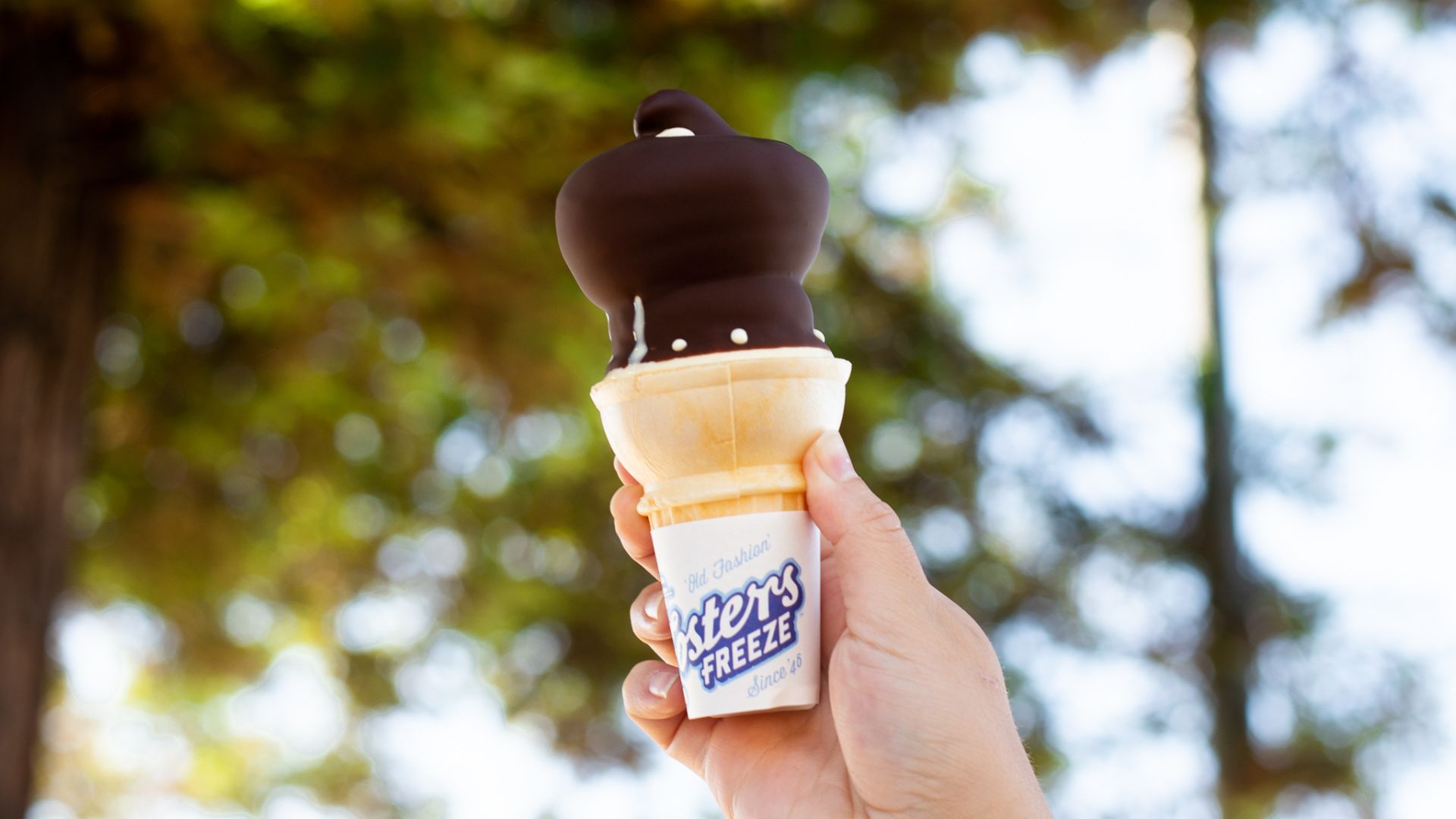
Source: Fosters Freeze/Facebook
She observed a worrying trend of local business closures, stating, “This is not the first business that’s closing…so I feel like this is just only the beginning,” signaling potential future challenges for the community.
Job Security Over Higher Wages
Faced with the prospect of unemployment, many Fosters Freeze employees expressed a preference for their previous wages over the uncertainty of joblessness.
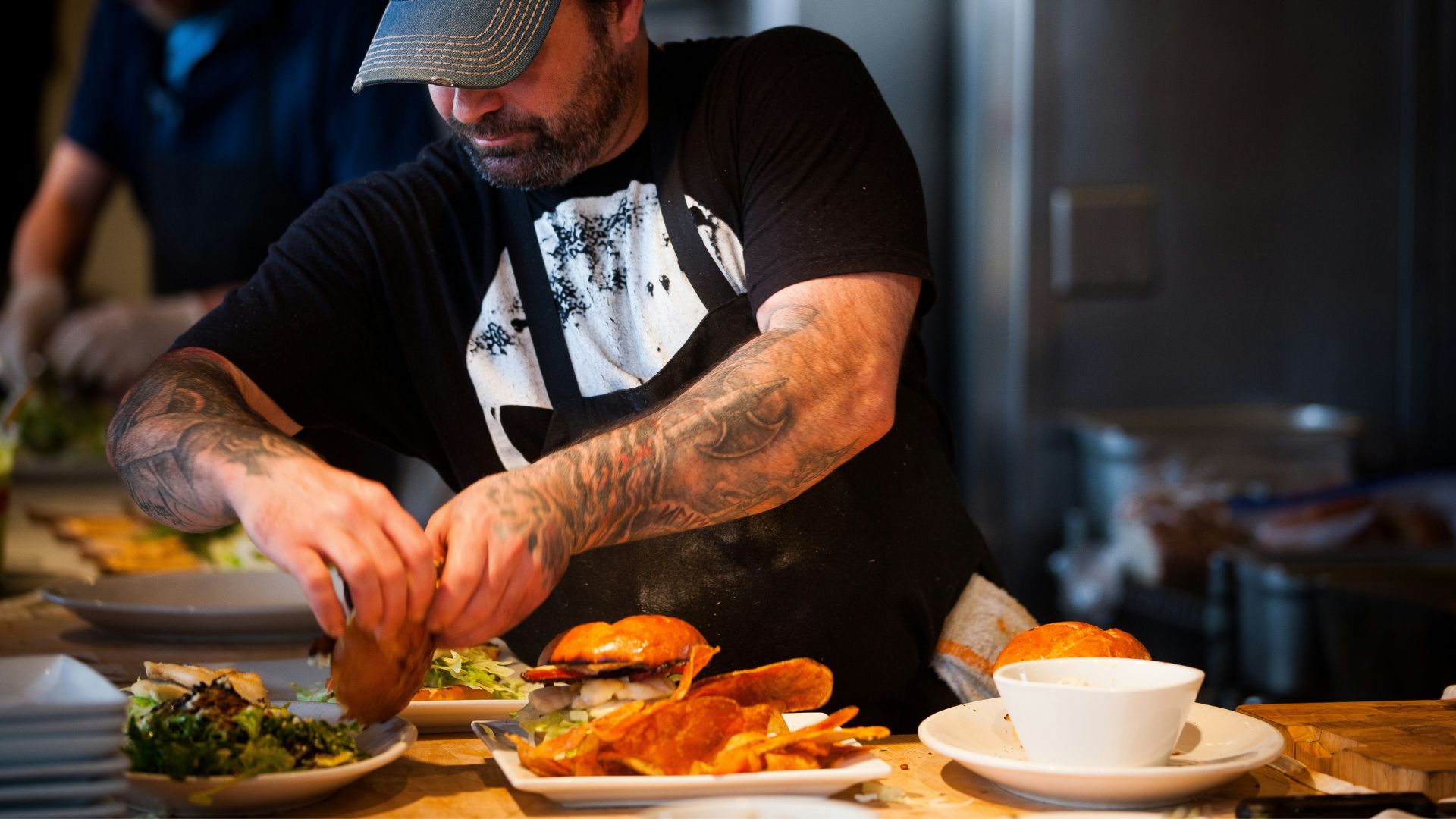
Source: Jesson Mata/Unsplash
“We would have rather stayed at the wage that we did have before,” Navarro stated, emphasizing the value of job security over higher pay in uncertain times.
The Broader Impact on Employment
The increase in minimum wage has led not only to business closures but also to reduced working hours for those still employed, placing a heavier burden on the remaining workforce.
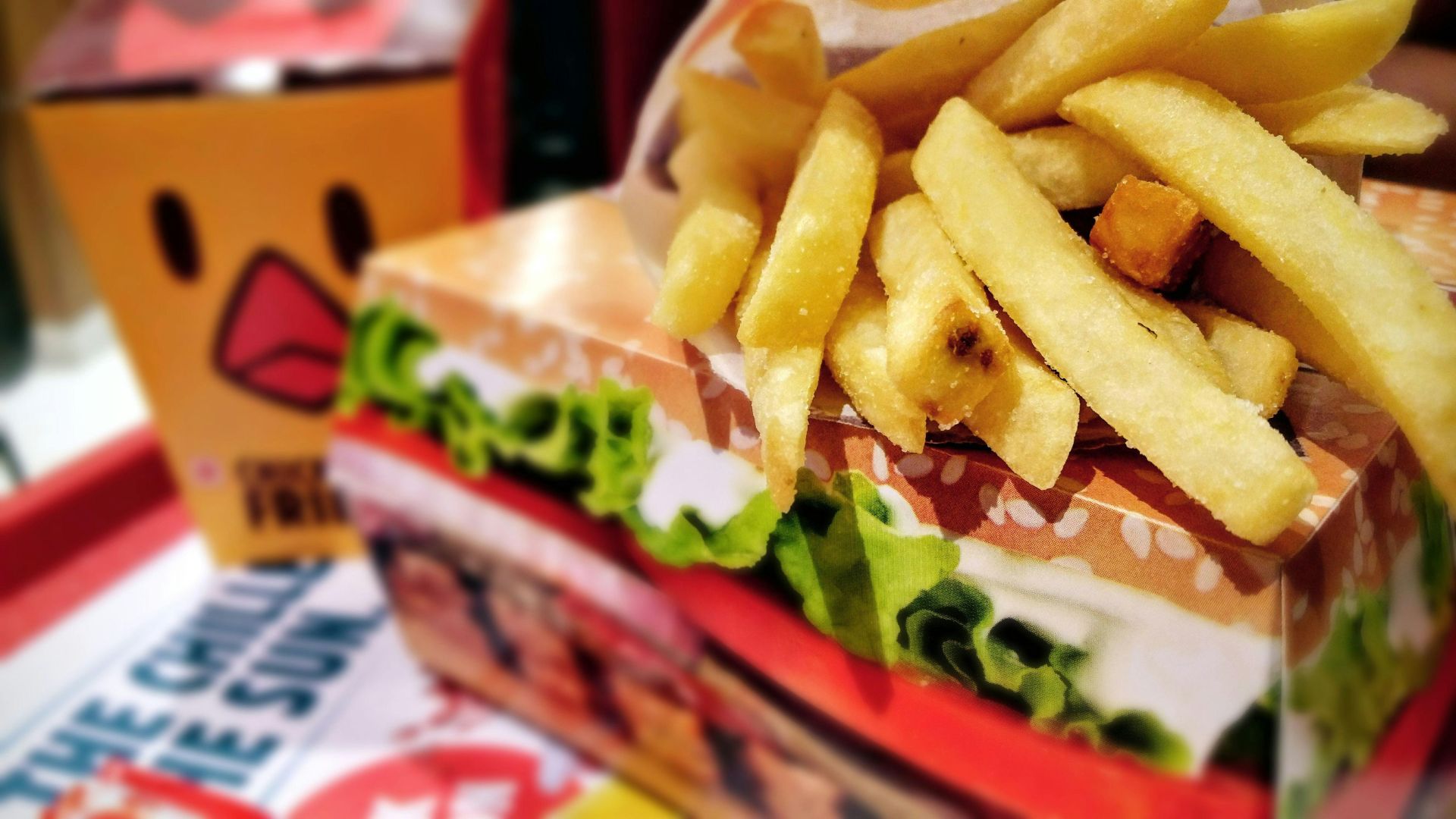
Source: Digital Buggu/Pexels
The intention to improve worker welfare is facing unforeseen challenges, as employees navigate a transformed work landscape.
More Than Just a Restaurant
The closure of Fosters Freeze is a loss for the Lemoore community, which has lost a beloved gathering place, Fox Business reports.

Source: Fosters Freeze/Facebook
Beyond its role as an employer, the restaurant served as a community hub, and its absence signifies a greater loss than just jobs.
Rethinking Minimum Wage Laws
As conversations about minimum wage laws keep buzzing, the shutdown of Fosters Freeze throws a real-life example into the mix.

Source: Fosters Freeze/Facebook
This situation forces a reevaluation of the balance between improving living standards for workers and keeping small businesses afloat.
Uncertain Futures
For the now-unemployed staff of Fosters Freeze, the future is uncertain.

Source: Fosters Freeze/Facebook
As they face the daunting task of finding new employment in a shifting economic environment, the broader implications of the minimum wage increase on the job market and small businesses are yet to be fully understood.
The Owner’s Response
The owner of the recently shut-down Fosters Freeze talked about his decision to close the location in a text. Owner Loren Wright explained that he couldn’t raise the wages of his employees.

Source: Public Domain/Wikimedia Commons
“Small businesses can’t survive a 120% plus min wage increase over the last 10 years,” Wright texted. “We are all more broke than we were 10 years ago its clear raising min wage isn’t helping… I am sad to see my employees off, and sad to see Lemoore off.”
Layoffs in California
Even before this new law went into effect, many fast-food locations had declared that they would have to lay off some employees. Interestingly, many pizzerias announced that they were laying off their delivery drivers.
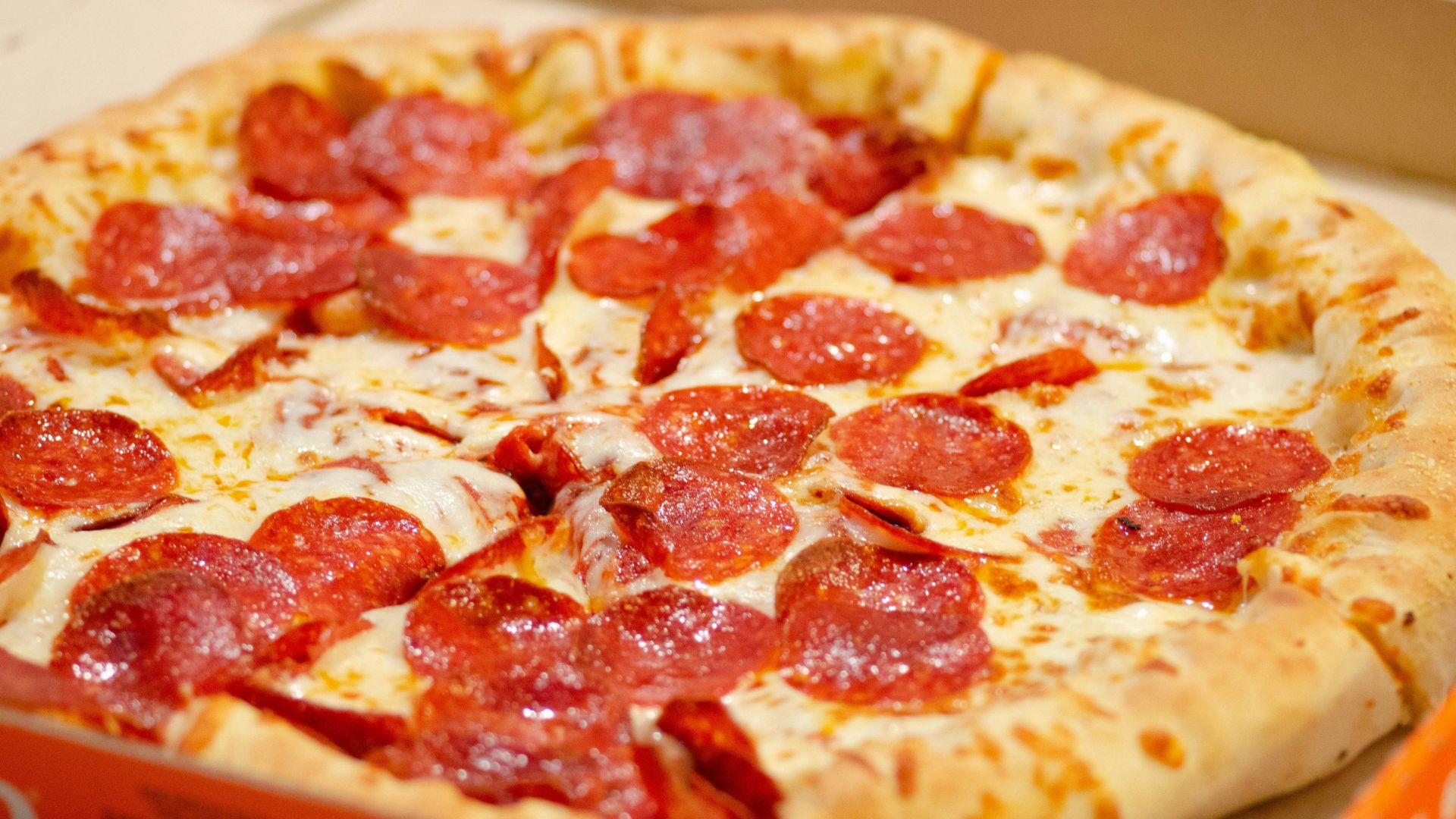
Source: Alan Hardman/Unsplash
Pizza Hut and Round Table Pizza both revealed they were laying off some of their workers at California locations. Southern California Pizza Co. also announced some job cuts.
Price Menu Hikes
Meanwhile, other fast food establishments in the Golden State have hinted that they would likely have to raise some of their menu prices. The Chipotle CEO made this insinuation before the law went into effect.
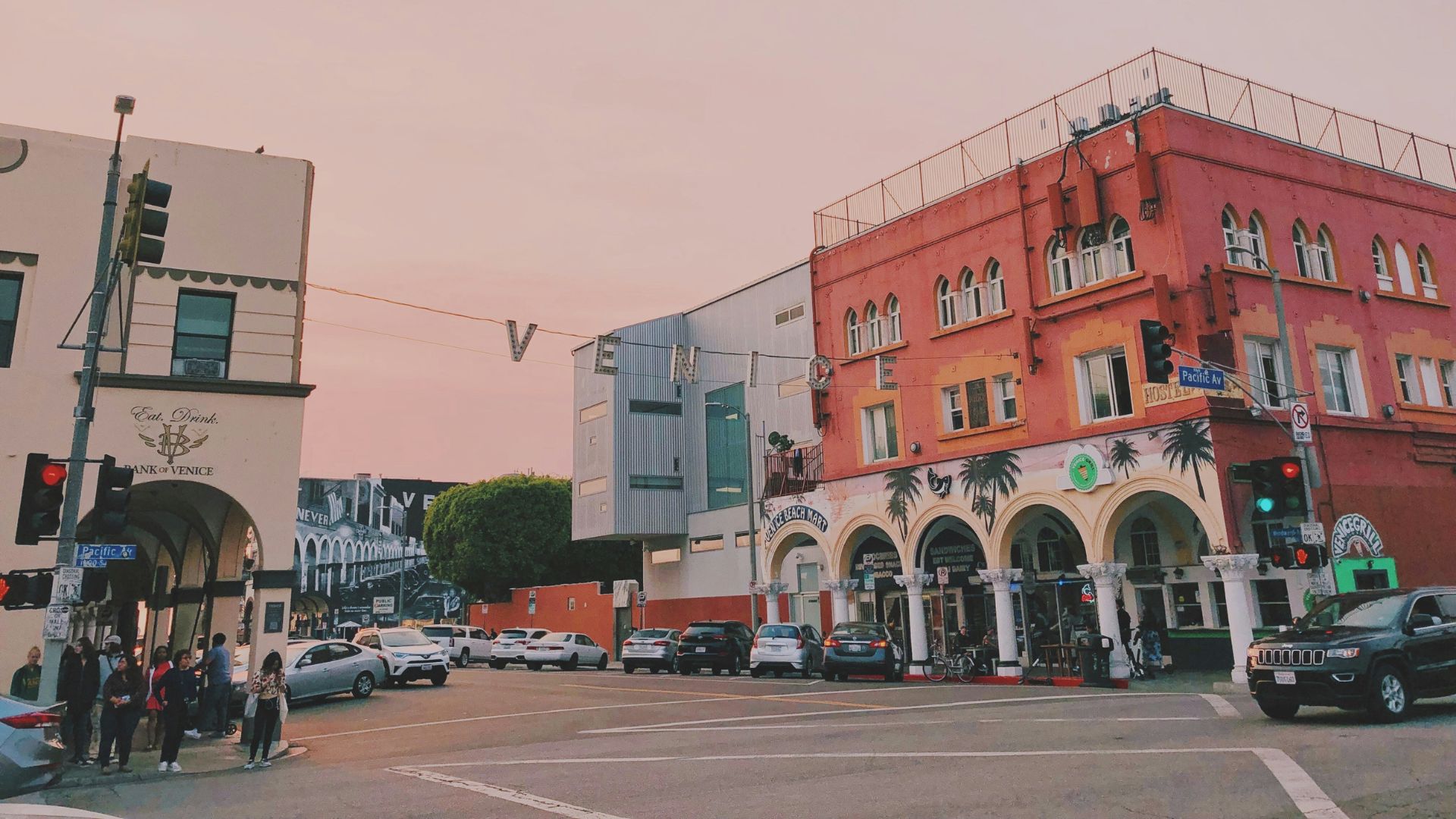
Source: Nadine Shaabana/Unsplash
Burger King already seems to have raised some of its menu prices in California, according to the New York Post.
How Restaurants Are Adapting
Many fast-food eateries in California have been forced to adapt to this minimum wage law in many different ways. Some have warned customers that menu prices may rise.

Source: Kevin Lanceplaine/Unsplash
Others have said that their restaurants may be open for less time, reducing hours of operation. Laying off workers has also been discussed, as has replacing employees with automation.
California Politicians' Response to New Law
Many Republicans in California have already come out against this new minimum wage law. Republican Senator Rosilicie Ochoa Bogh has explained that this legislation harms families.

Source: Public Domain/Wikimedia Commons
“It’s already too difficult for families to be able to afford this state,” Ochoa Bogh said. “What we need to be doing is working to lower living costs and increase opportunities for growth, not the other way around.”
Politicians on Small Business Issues
Many other Republican politicians, such as Senator Brian Dahle, have talked about how small businesses could suffer under this law.
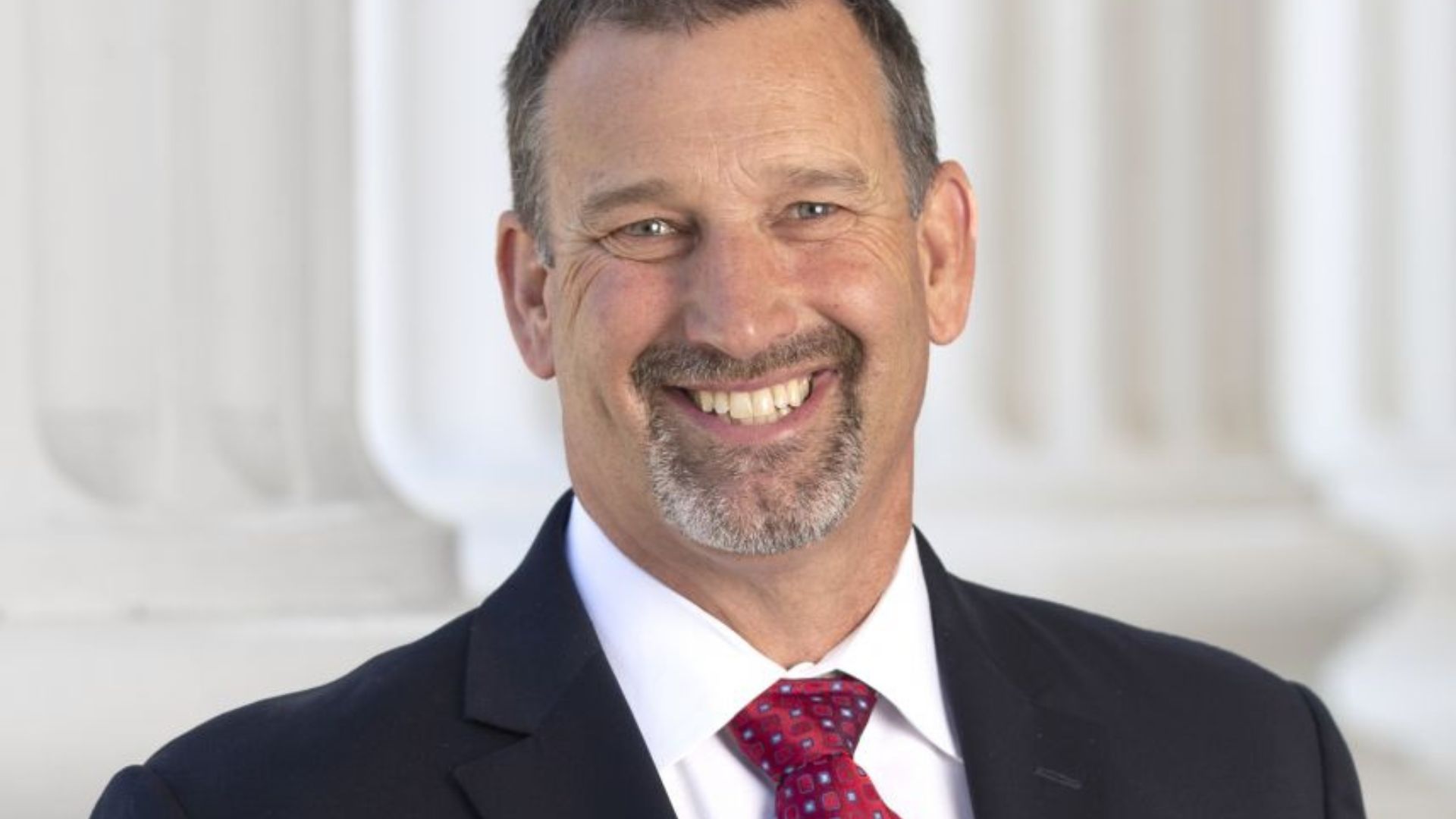
Source: Public Domain/Wikimedia Commons
“As a small-business owner, I know that doing business in California is becoming increasingly difficult,” Dahle said. “This was a big win for the labor bosses, but in reality, it hurts those trying to achieve economic mobility. This law will force businesses to reduce their employees’ hours, automate services, or opt to do business in another state. It’s unfortunate that labor activists are destroying California’s economy and the entrepreneurial spirit that has always been a part of our state.”
Wages in California Cities
Some supporters of this increase in fast food minimum wages have pointed out that the minimum wage, across the board, in major California cities isn’t too far away from $20.
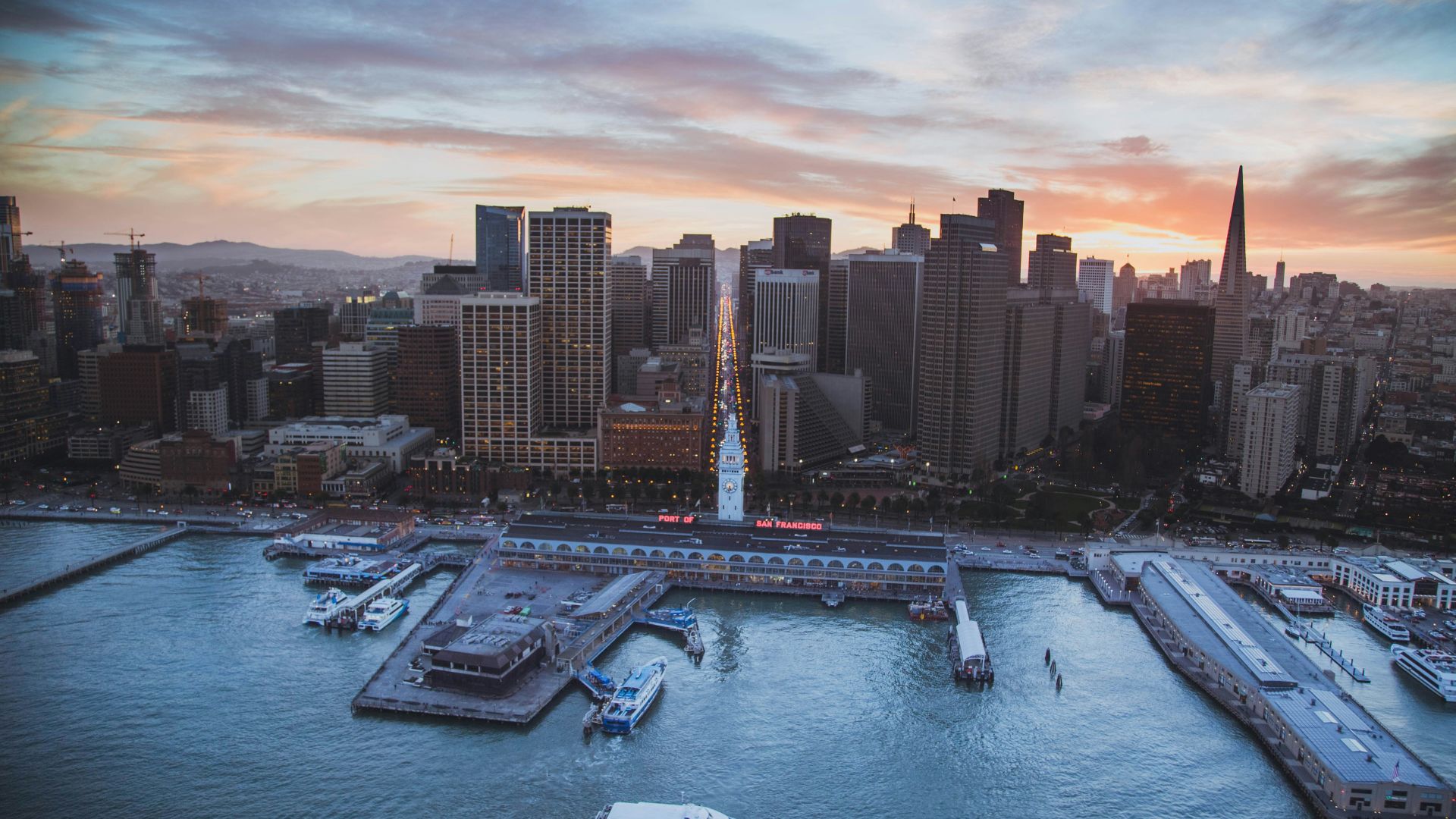
Source: Jared Erondu/Unsplash
For example, the minimum wage in San Francisco will increase to $18.67 an hour in July for all employees in the city.
Working in Fast Food
Many other fast food locations in cities such as Los Angeles have already raised their wages, even before this law went into effect. This is because the demand for these locations remains high.
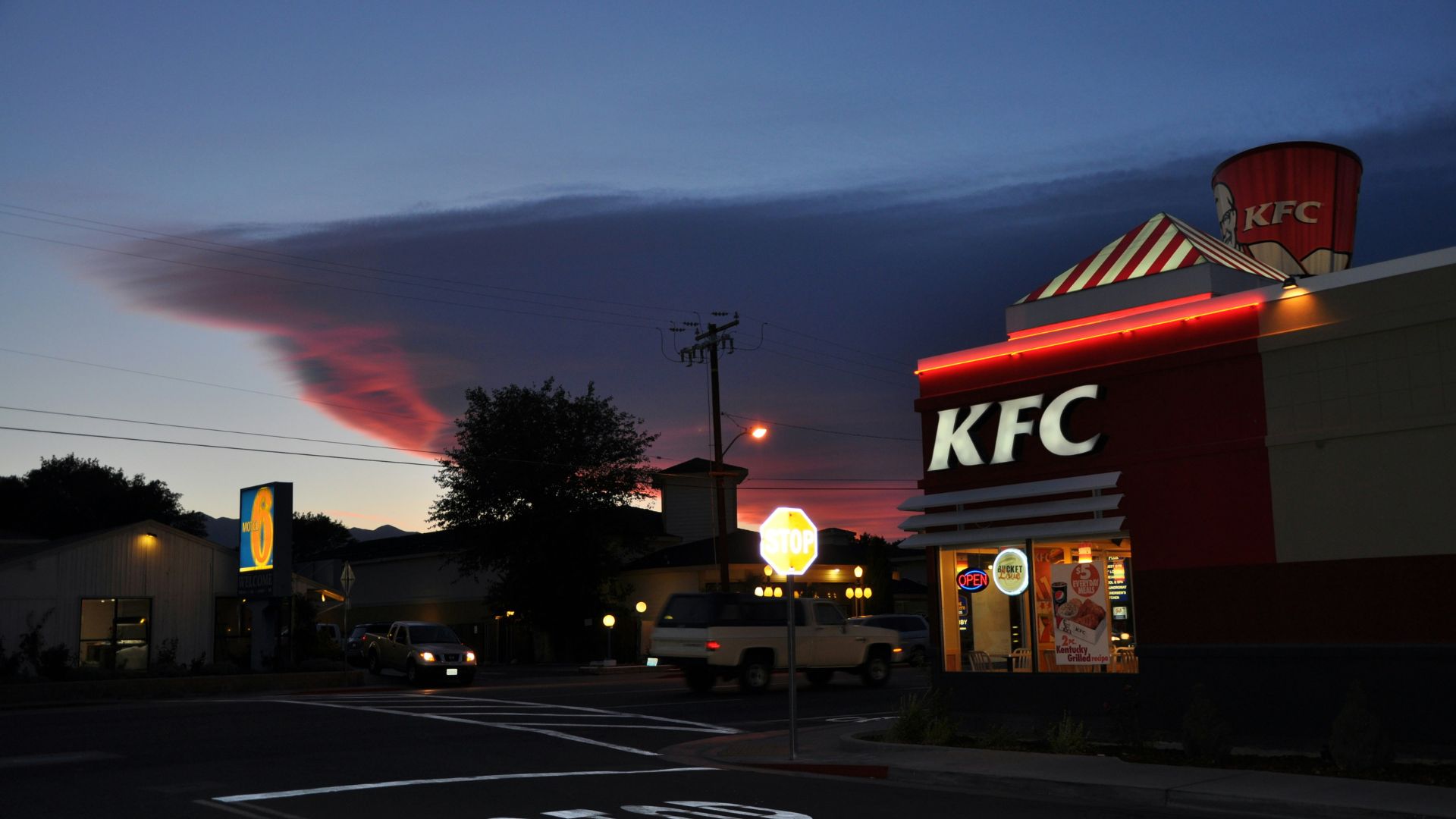
Source: Marta Serrano/Unsplash
To keep workers in an industry that often sees high turnovers, these eateries have upped what they offer. According to Glassdoor, the average hourly wage for fast food workers in the state before the law went into effect was $17.89 an hour. The law will simply raise the minimum wage for all fast-food locations in California.
Other Fast Food Issues
The fast food industry as a whole has experienced various changes in recent years. Many supporters of this new minimum wage law disagree with critics when they say that small businesses or franchises will hurt.
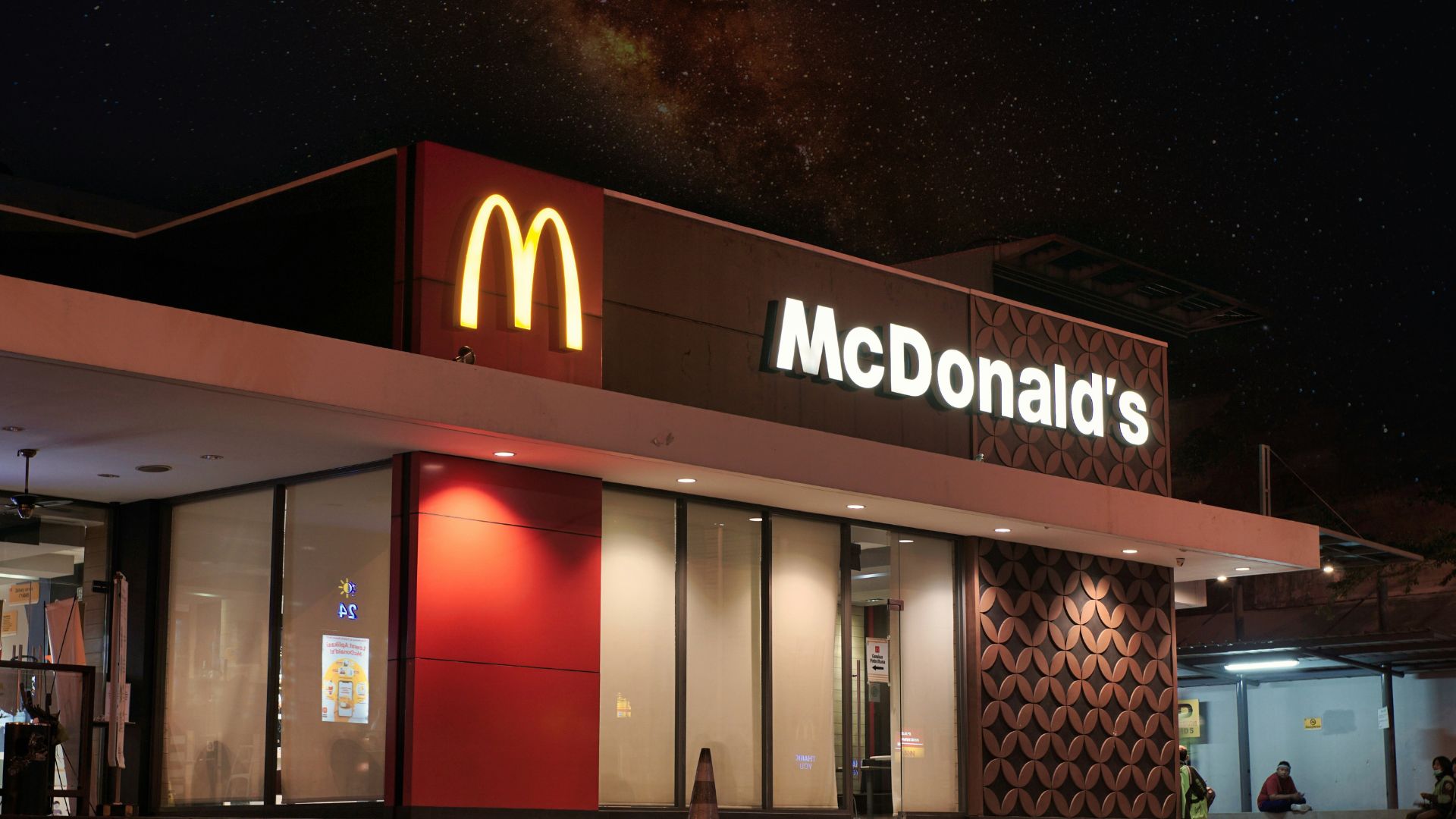
Source: Visual Karsa/Unsplash
These supporters point out that franchises like McDonald’s recently raised the royalty fees that all franchise owners must pay them. Supporters of the law point out that critics didn’t say this would hurt business owners when this happened.
Helping Workers in California
These supporters have stated that raising the minimum wage will help the fast food workers who work full time yet still can’t afford the high cost of living in the state.
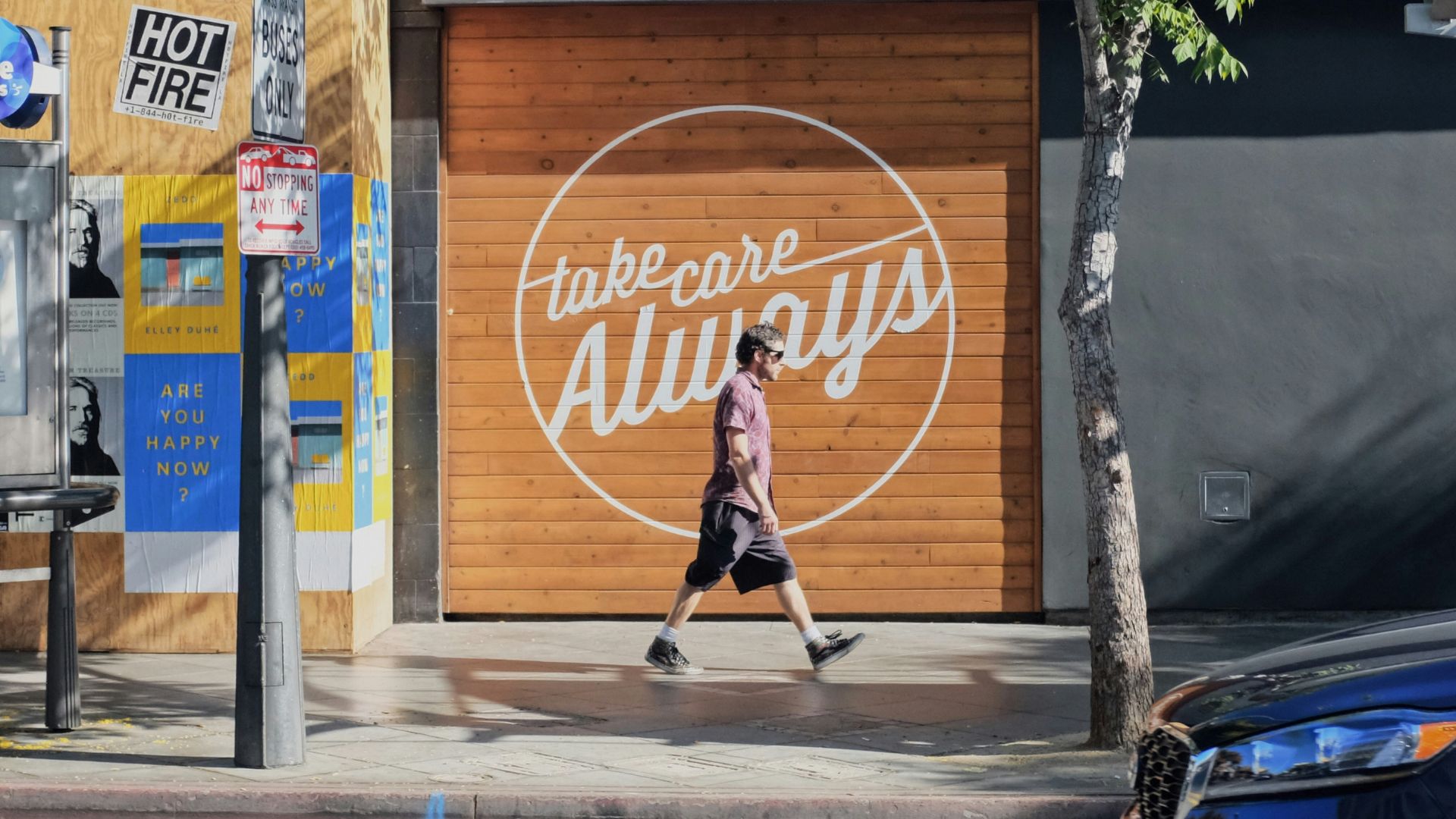
Source: Miguel Perales/Unsplash
“The ideal that this country once had is that you get up and go to work every day and work hard, you should be able to live on what you earn and not struggling to make ends meet,” Rick Wartzman, the author of “Still Broke”, explained.
Policymakers Say Small Businesses Aren’t Impacted
Many policymakers in support of this law have explained that small businesses won’t be impacted by the raise in minimum wage. According to the legislation, only businesses with more than 60 locations around the country will have to offer $20 an hour to their employees.
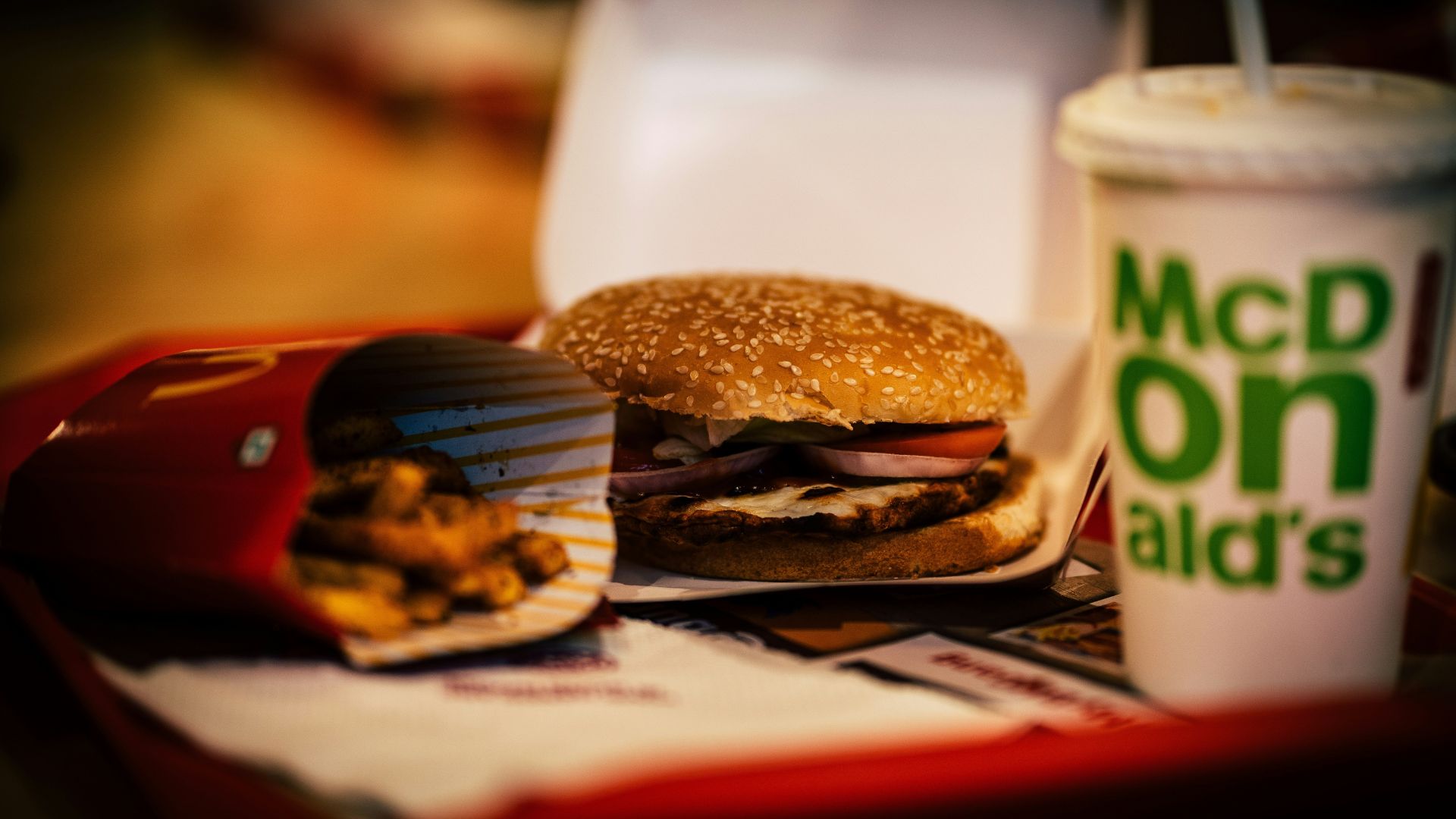
Source: Akash Banerjee/Unsplash
Therefore, small businesses in California with only one or two locations will be exempt from this law.
Questions About Law
However, many questions about this law still remain — even after the legislation has officially gone into effect. Some business owners are concerned that they may not be exempt from the law.
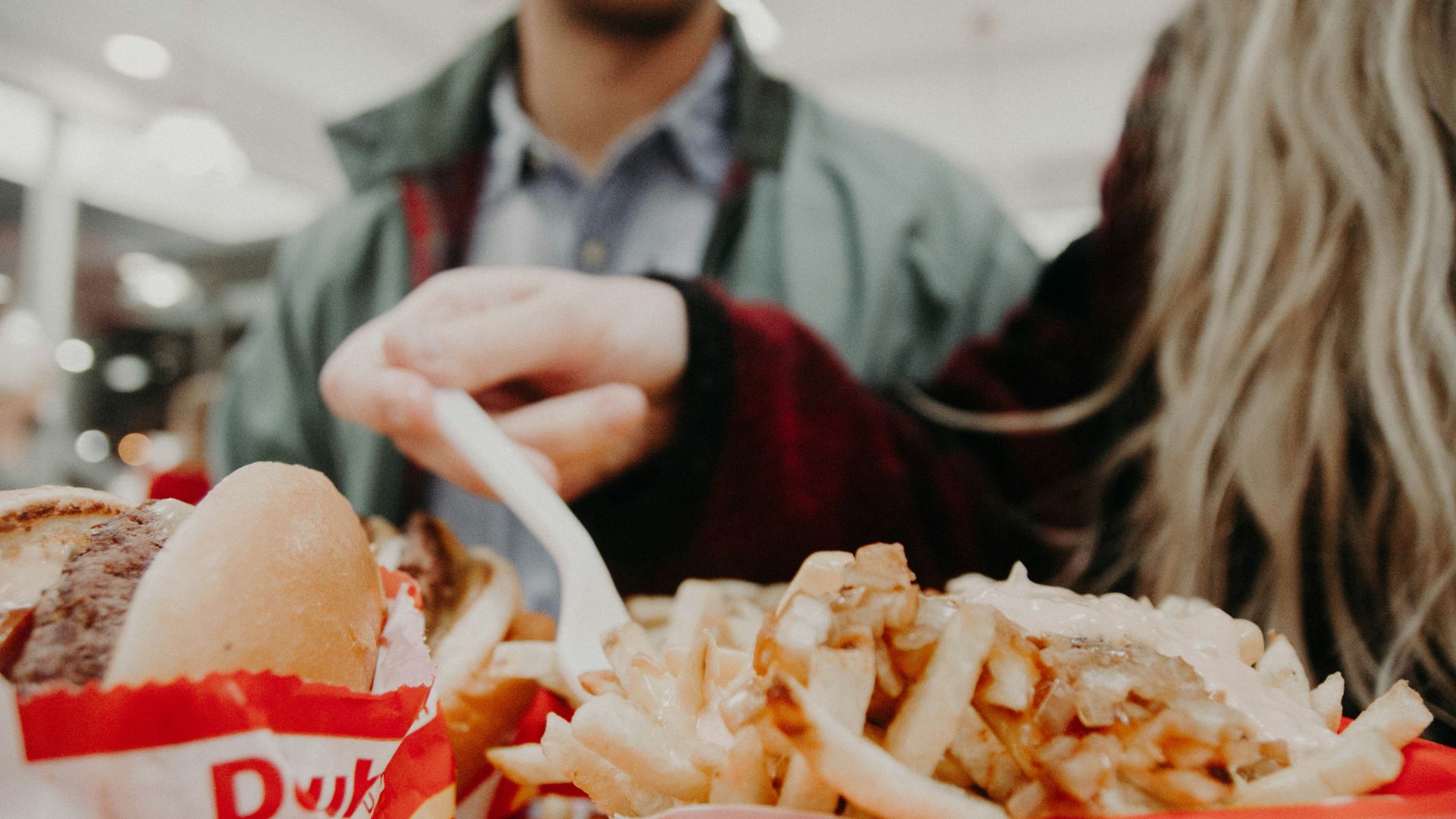
Source: Kenny Eliason/Unsplash
This confusion hasn’t been solved at all. Many business owners have stated that they’ve tried to get in touch with the government to clarify things. However, the government hasn’t seemingly been helpful in this clarification.
Reflecting on Policy and Its Implications
The closure of Fosters Freeze could mark a critical moment in how we talk about minimum wage laws and their ripple effects on jobs and the economy.
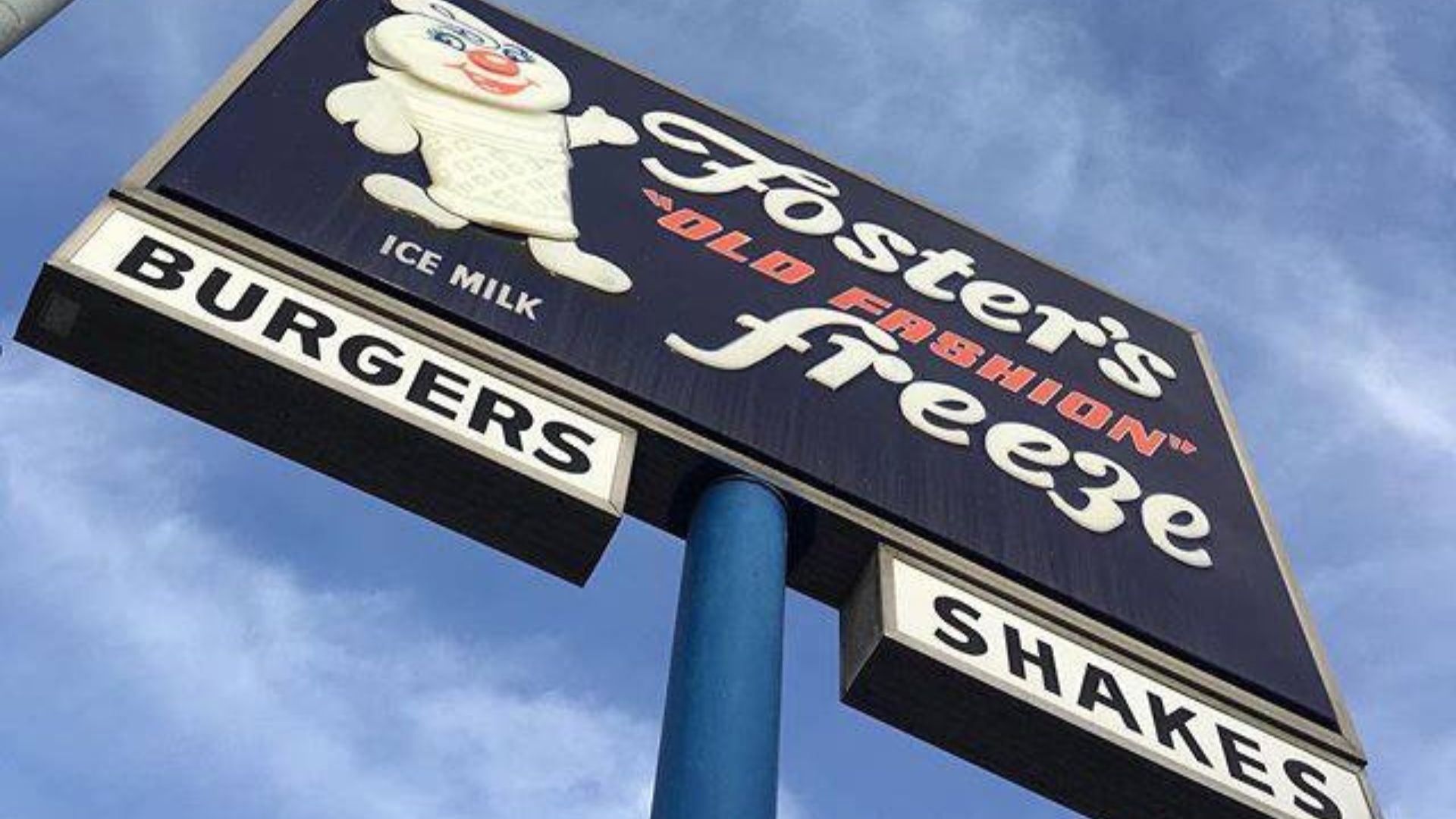
Source: Fosters Freeze/Facebook
It’s a clear example of how good intentions in lawmaking can have complicated results in the real world, sparking deeper conversations on finding the right balance to help both employees and businesses thrive in an ever-changing economic scene.
Strategies for Franchisees
Rather than closing completely, some franchisees are finding ways to adapt and survive amidst the wage increase. Speaking with Business Insider (BI), Brian Hom, owner of Vitality Bowls in San Jose, is tackling the new $20 minimum wage by reducing staffing, raising prices, and exploring digital kiosks.

Source: Vitality Bowls
He aims to balance rising payroll costs while maintaining profitability, a challenge many franchisees across California are currently facing. These adjustments are critical as Hom assesses the ongoing impact of wage increases on his business operations.
The Dilemma of Staffing Reductions
To manage higher labor costs, Brian Hom has strategically reduced the number of workers per shift and halted new hiring. “We stopped hiring,” Hom explained to BI, emphasizing the necessity to adapt quickly to sustain his business.
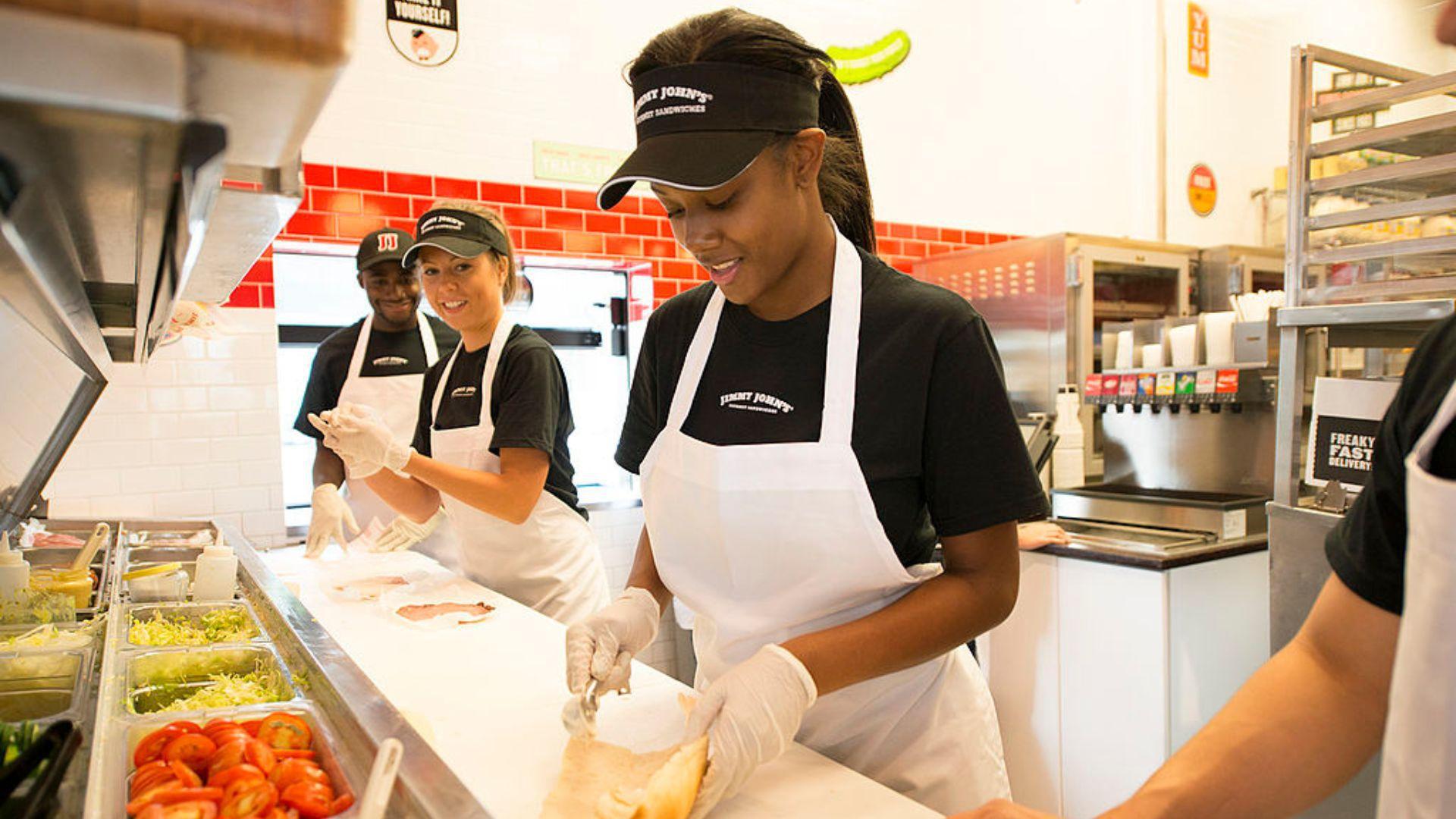
Source: Wikipedia Commons
This reduction not only affects current staffing levels but also places additional pressure on remaining employees, raising concerns about job security and work intensity.
Price Adjustments: A Necessary Measure
In response to increased labor expenses, Hom also raised his menu prices by approximately 5% to 10%. This price adjustment is intended to offset the higher wages and sustain business operations.

Source: Mizuno K/Pexels
However, Hom remains cautious, “We’re waiting to see if the customers will start coming in or not,” reflecting the uncertainty of customer retention in response to price changes.
Embracing Automation
With labor costs escalating, Brian Hom is considering integrating digital ordering kiosks into his Vitality Bowls stores. While not initially a proponent of this technology, the financial pressures from the wage hike make automation an appealing option.
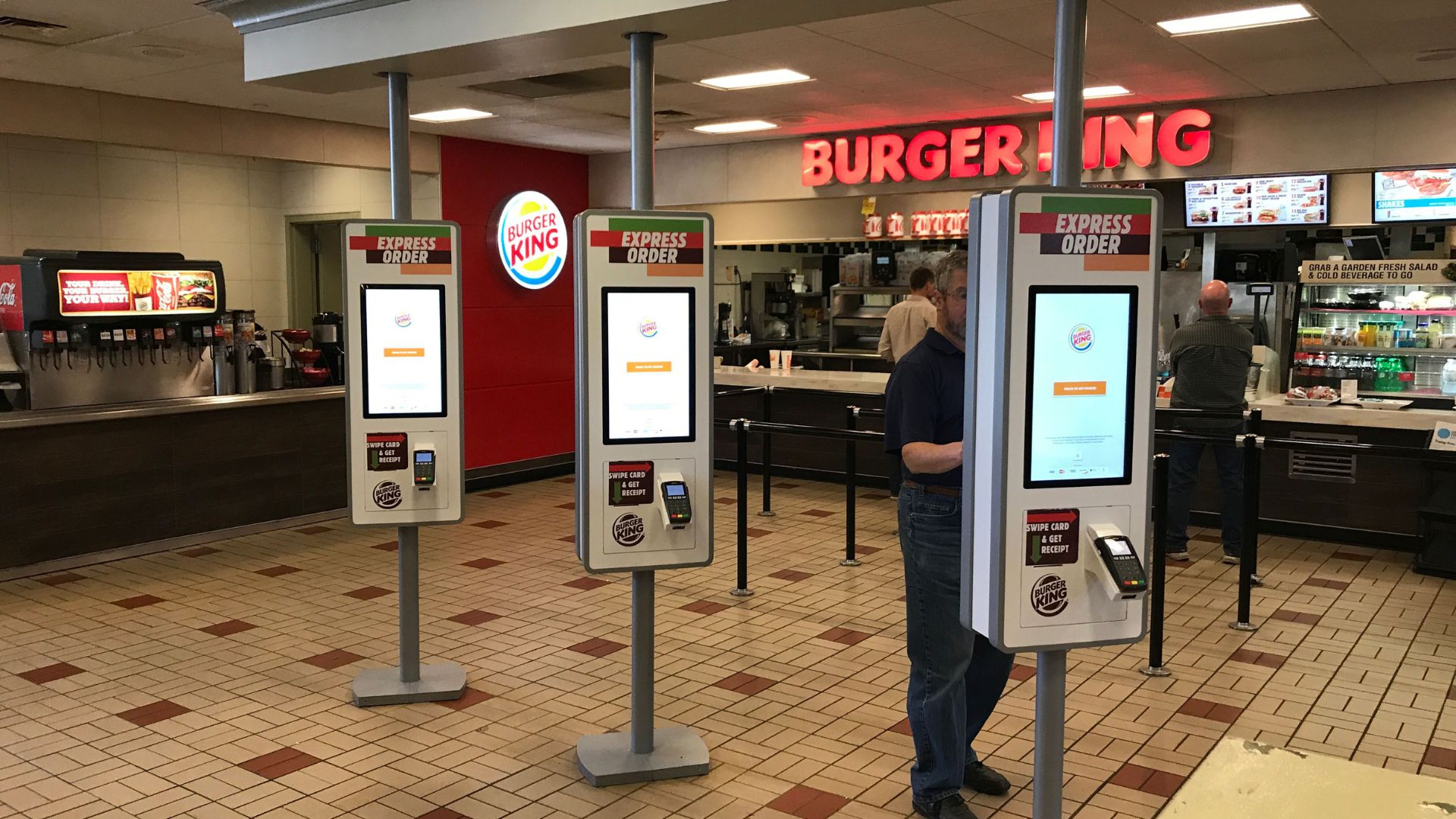
Source: NYSThruway/X
This move could significantly reduce staffing needs even more, although it shifts the customer service dynamic from personal interaction to digital efficiency.
Strategic Menu Optimization
To further manage costs, Hom has streamlined his menu, focusing on efficiency and cost-effectiveness. He reduced the number of unique ingredients required by eliminating less popular items like the Detox Bowl and Graviola Bowl.

Source: Freepik
This optimization helps in managing inventory more effectively and reduces operational complexities, which is vital under the new wage constraints.
Facing the Hard Reality
Considering the drastic impact of increased operational costs, Brian Hom warns of potential store closures. “I can’t work and not make any money,” he expressed, highlighting the severe measures he might need to take if profitability cannot be maintained.

Source: Freepik
This new reality underscores the significant challenges faced by many of the franchisees under California’s new wage laws that are trying to stay afloat.
Policy and Business Realities: Owner's Perspectives
The closure of Fosters Freeze and the struggles of other franchisees like Brian Hom prompt a critical examination of the minimum wage policy’s impact on small businesses.

Source: Fosters Freeze/Facebook
Owners are forced to make tough decisions, from laying off staff to potentially closing down, as they grapple with the financial realities of the wage increase.
Adapting to Market Dynamics: Industry Responses
Across California, fast-food restaurants are adapting through layoffs, reduced operating hours, and increased prices (via Wall Street Journal). These changes are essential as businesses strive to balance higher wages with maintaining customer base and profitability.
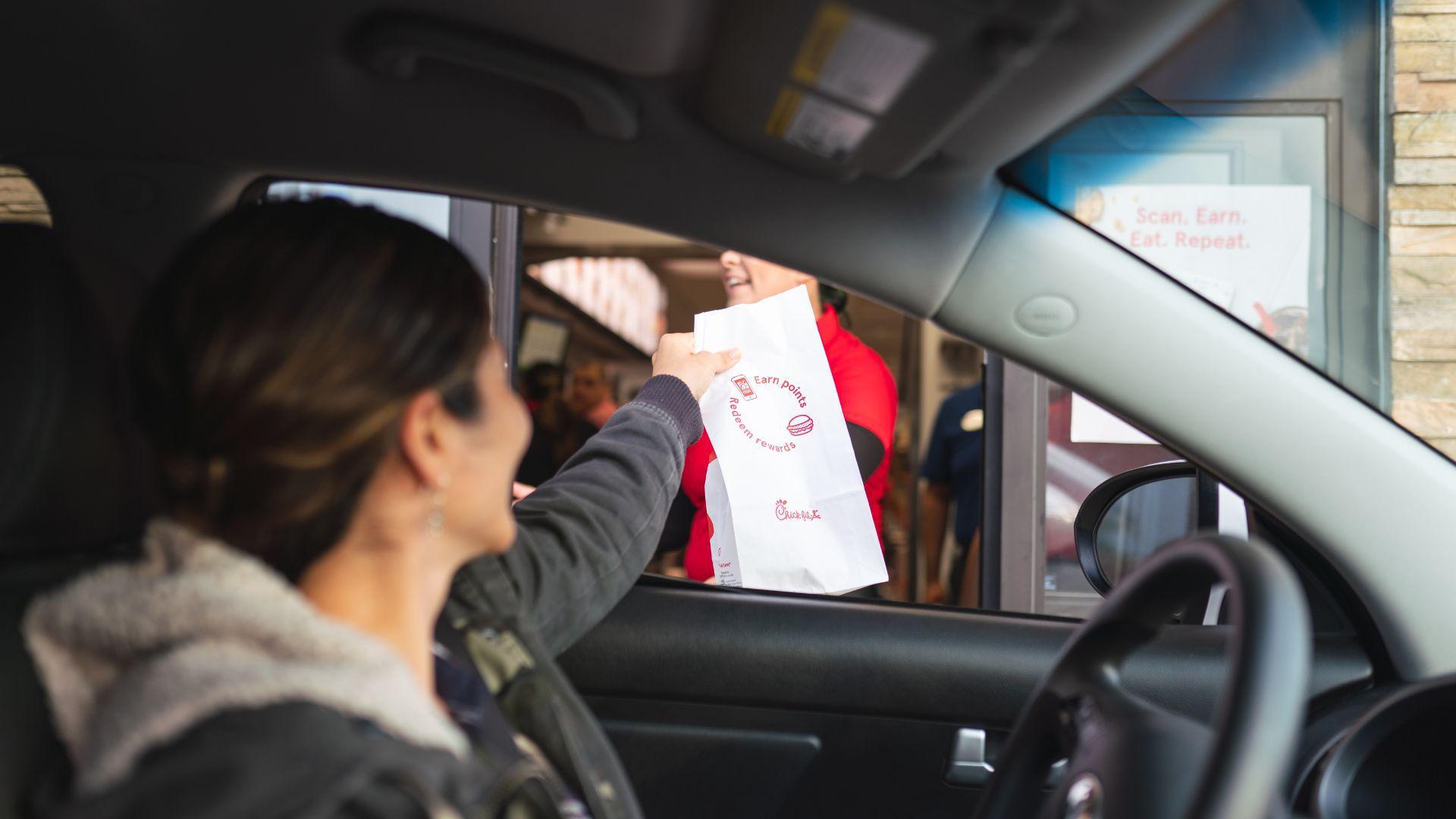
Source: Jeremy Bishop/Unsplash
The industry’s response highlights the complex dynamics between labor costs, pricing strategies, and customer satisfaction.
Navigating Economic Uncertainty: Employee Perspectives
Employees, like those at Fosters Freeze and Vitality Bowls, face job insecurity and the stress of sudden unemployment due to business adaptations to the wage increase.Employees, like those at Fosters Freeze and Vitality Bowls, face job insecurity and the stress of sudden unemployment due to business adaptations to the wage increase.
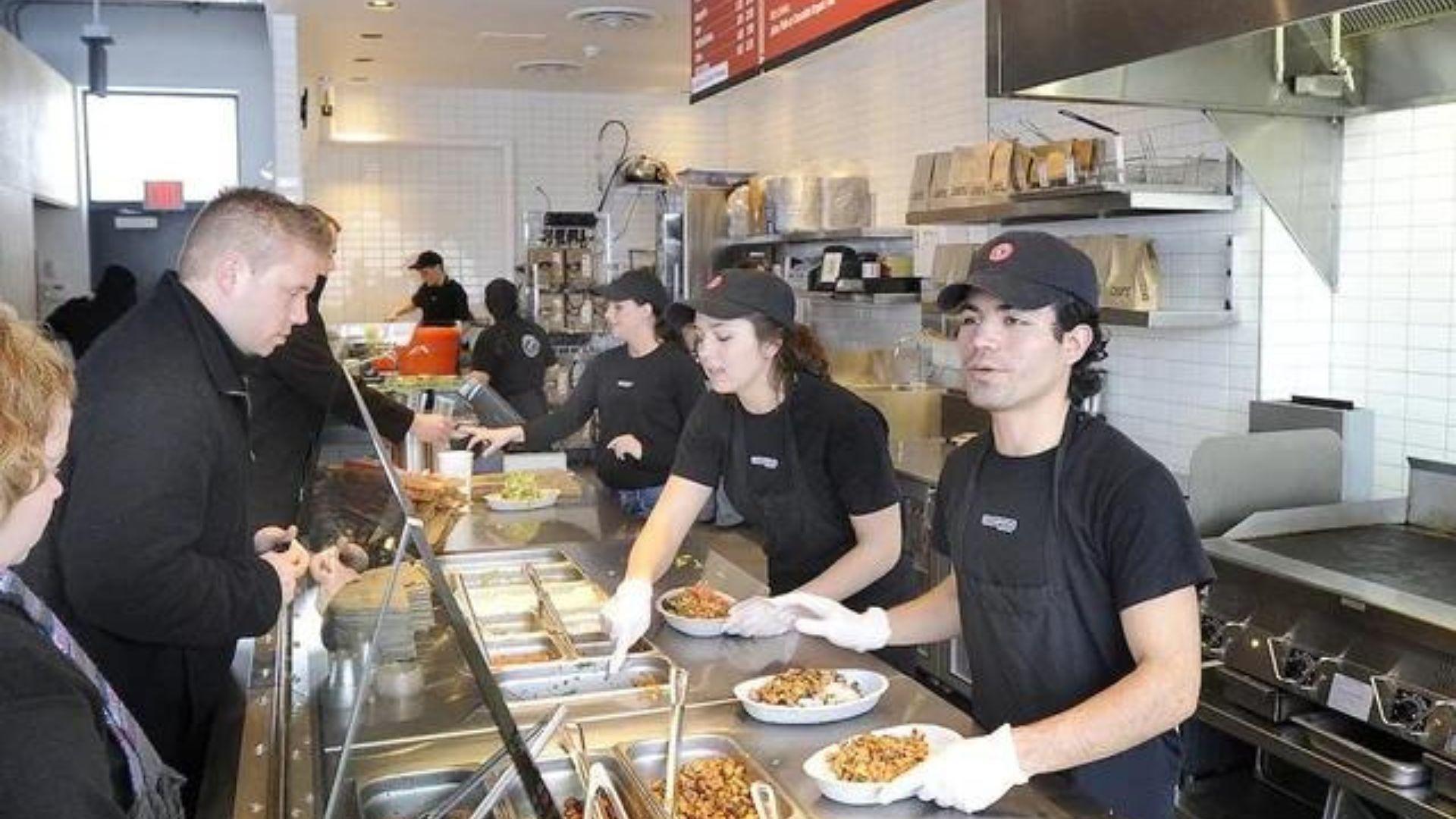
Source: Reddit
The preference for job security over higher wages becomes more pronounced as the industry undergoes these transformations, impacting workers’ lives directly.
Policy Implementation Challenges
There’s also the confusion over the new wage law’s implementation that has left many business owners uncertain about their obligations and exemptions.
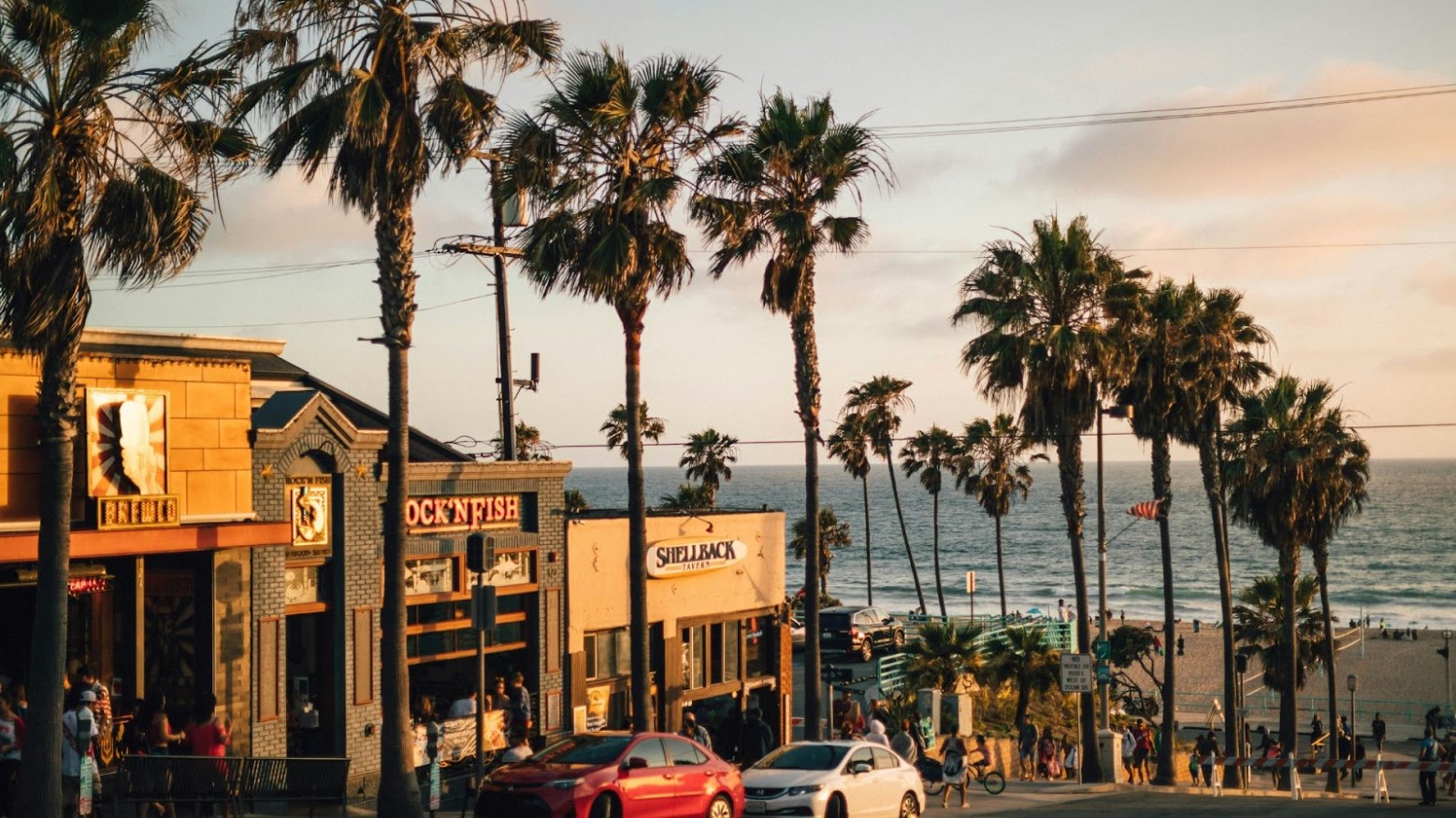
Source: Roberto Nickson/Unsplash
This lack of clarity complicates their ability to plan financially and operationally, leading to calls for more transparent and supportive communication from the government.
Rethinking Policy
The closure of Fosters Freeze and the operational challenges faced by franchisees like Brian Hom call for a reconsideration of minimum wage policies.

Source: Wikimedia Commons
These real-world impacts necessitate a dialogue about achieving a balance that supports both worker welfare and business sustainability, ensuring that the economic landscape remains conducive to both employment and entrepreneurship.
Finding Balance Between Employee Welfare and Business Viability
The evolving situation in California, exemplified by Brian Hom’s adjustments at Vitality Bowls and the closure of Fosters Freeze, illustrates the need for collaborative solutions that balance employee welfare with business viability.
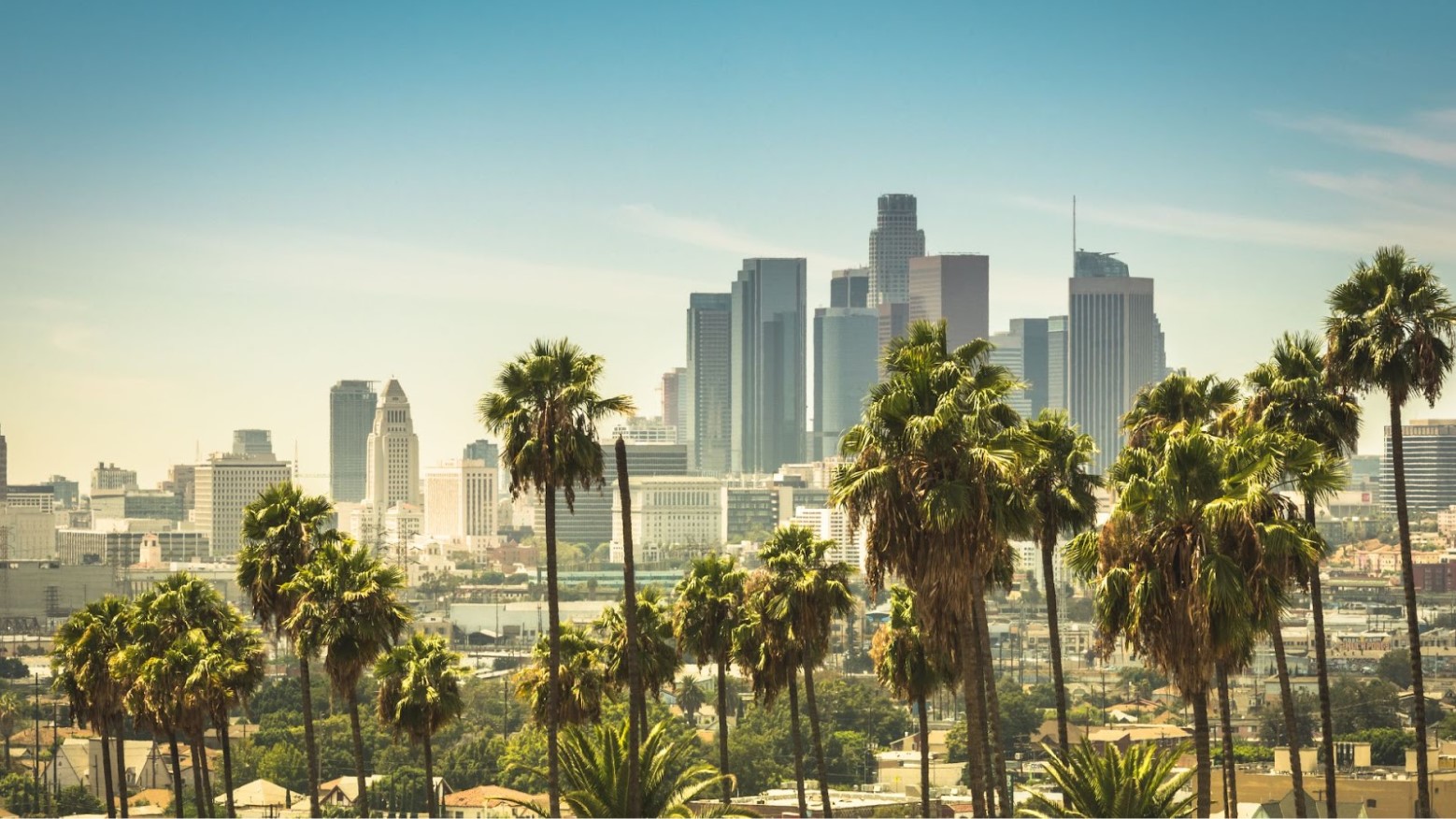
Source: shalunts/Getty Images
Stakeholders, including policymakers, business owners, and workers, must engage in constructive dialogue to develop strategies that sustain businesses while enhancing worker conditions. This approach can help mitigate the adverse effects of sudden wage increases and foster a more resilient economic environment.
